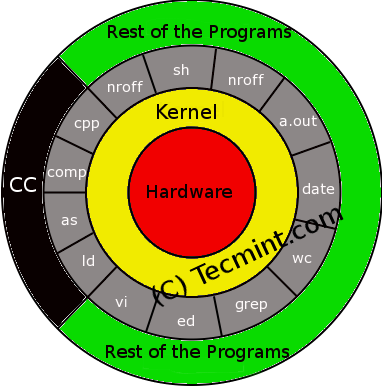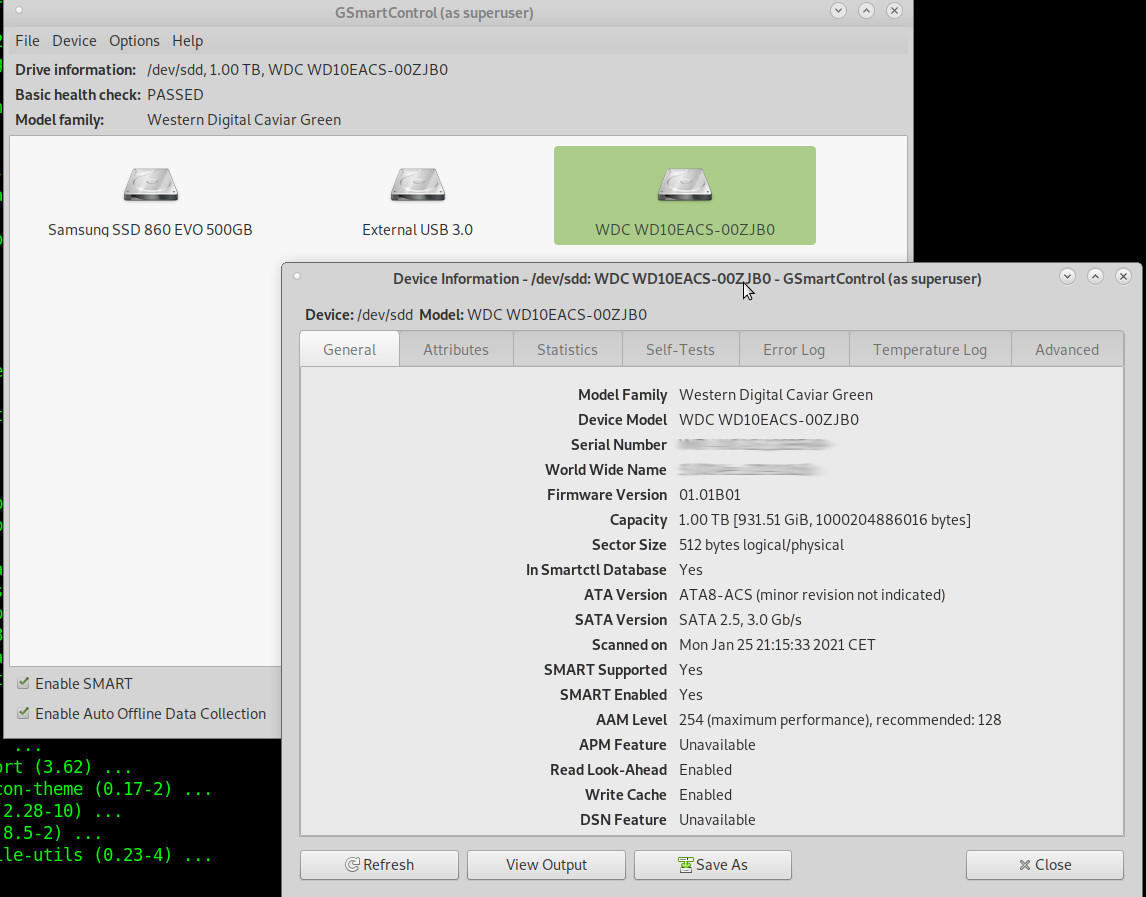

- #Raid monitor linux drivers
- #Raid monitor linux driver
- #Raid monitor linux full
- #Raid monitor linux pro
- #Raid monitor linux software
Let us get a Brief look into each RAID Levels. RAID are managed using mdadm package in most of the Linux distributions. Here we will see only the RAID Levels which is used mostly in real environment. By defining chunk size we can increase the I/O performance. Chunks are just a size of data which can be minimum from 4KB and more.If any one of the drive failed in our array this hot spare drive will be used and rebuild automatically. Hot spare is just a spare drive in our server which can automatically replace the failed drives.In RAID 1 it will save the same content to the other disk too. Mirroring is used in RAID 1 and RAID 10.

If we use 3 disks half of our data will be in each disks.
#Raid monitor linux full
This won’t have full data in a single disk.
#Raid monitor linux pro

The utilities include sg variants for the traditional dd command, tools for scanning and mapping the SCSI bus, tools for issuing low-level SCSI commands, tools for timing and testing, and some example source & miscellany.
#Raid monitor linux driver
This driver supports modern SATA and USB-connected disks, as well as SCSI, FCP, SAS disks.

The sg3_utils package provides a set of utilities for use with the Linux SCSI Generic (sg) device driver. The package contains low level utilities including sgdskfl to load disk firmware, sgmode to get and set mode pages, sgdefects to read defect lists, and sgdiag to perform format and other test functions.
#Raid monitor linux drivers
Other efforts have been made to enable various common hardware RAID adapters and their drivers on Linux." The project is slightly misnamed: the Linux scsi layer handles all modern SATA drives, as well as FCP, SAS and USB drives, and thus is applicable to most all modern hardware.
#Raid monitor linux software
"This project includes changes that enhance the Reliability, Availability and Serviceability (RAS) of the drivers that are commonly used in a Linux software RAID-1 configuration. These tools can report a variety of disk drive health statistics, and the smartd daemon can run continuously to log events into the syslog. The smartmontools package provides a set of utilities for working with the Self-Monitoring, Analysis and Reporting Technology (SMART) system built into modern IDE/ATA/PATA, SATA and SCSI-3 disks. In this case, you might find the following useful: Alternately, some rescue operations require low-level configuration tools. Sooner or later you will feel the need for tools to diagnose hardware problems, or simply monitor the hardware health.


 0 kommentar(er)
0 kommentar(er)
